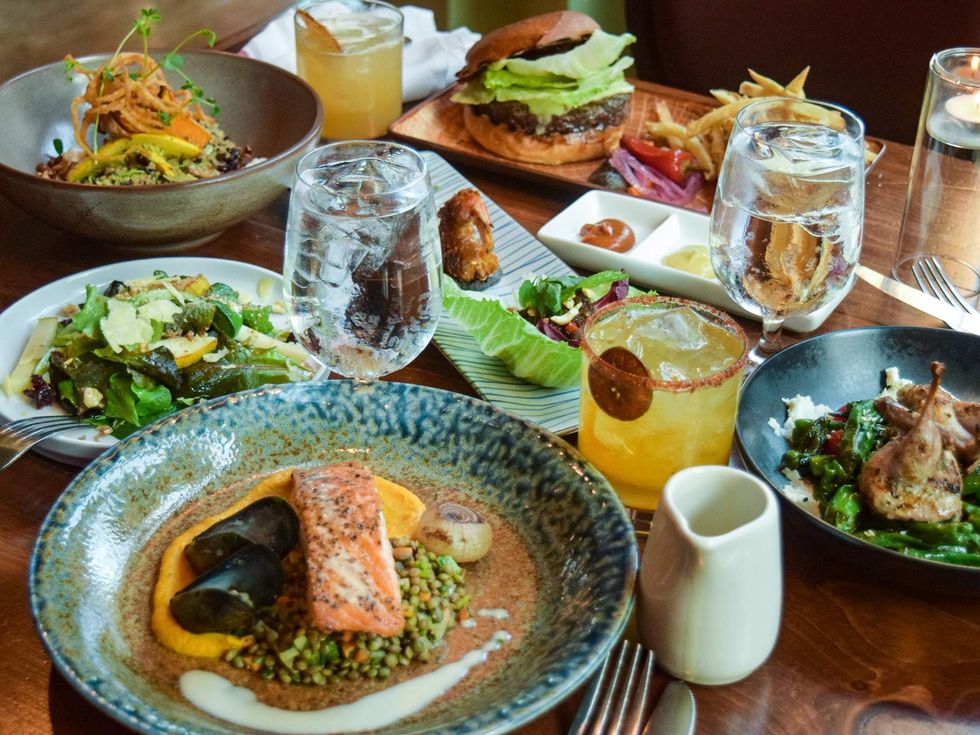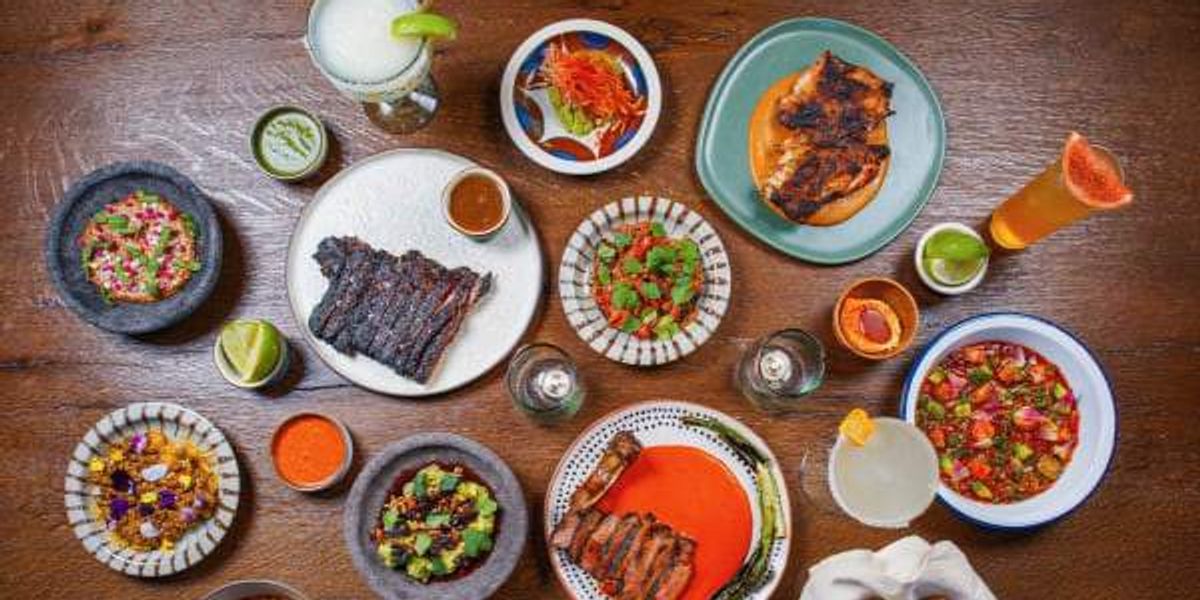The staff at Food & Wine magazine is once again singing the praises of San Antonio’s restaurant scene. The venerable publication recently named Alamo City one of eight “under-the-radar cities” set to be “America’s next great food cities.”
In the write-up, journalist Regan Stephens praised Pearl’s ambitious Pullman Market, noting that Nicosi chef Tavel Bristol-Joseph was a former recipient of the magazine’s career-making Best New Chef honor. She paid particular attention to concepts innovating Asian cuisine, including Best Quality Daughter, Curry Boys BBQ, Anacacho Coffee & Cantina, and the chef Jaime Gonzalez’s new food truck, Wok Wey.
“As the birthplace of Tex-Mex cuisine, San Antonio is no stranger to fusion and innovation,” Stephens wrote. “The food scene has evolved over the last decade-plus to reflect the south-central Texas city’s influx of Asian immigrants.”
While all of the write-up examples certainly deserve a nod, longtime observers of San Antonio’s food scene are no doubt feeling a sense of déjà vu. Putting aside the headline’s insistence that one of the most populated cities in America somehow flies “under the radar,” it seems the national media rediscovers Alamo City every few years.

The phenomenon got off to a slow start with chef Bruce Auden, who received the city’s first James Beard Award nomination in 2004 for Biga on the Banks. It kicked into high gear when tastemakers started noticing Andrew Weissman’s La Rêve, which quietly operated for years before the New York Times and Gourmet suddenly began extolling its French fare.
La Rêve closed in 2009, and the fervor died down. While media-savvy chefs like Jason Dady and Johnny Hernandez still earned column inches, it wasn’t until the mid-2010s that journalists started salivating over the city again, thanks to a spectacular array of restaurants settling at Pearl.
At the time, food media was in the early stages of a reckoning. The culinary world was reconsidering a prevailing point of view that European cuisine was more worthy of attention than other foodways. Carnitas Lonja and The Jerk Shack, both more humble than the upscale Pearl anchors, scored accolades.

Zagat ran a representative article during that period, ranking San Antonio as one of America’s 10 “hottest up-and-coming food cities.” Although the listicle is now scrubbed from the web, a MySA report says it included Restaurant Gwendolyn, Tuk Tuk Taproom, Silo, Granary ‘Cue and Brew, Cured, and Osteria Il Sogno — all but two of which have since closed.
In the Food & Wine ranking, Stephens says such buzz should create a domino effect.
“There’s a palpable excitement in the air when a city’s food scene starts to take off, when locals proudly whisper about their favorite hidden gems to friends from bigger cities,” she wrote. “And that energy begets more energy. More chefs and makers are drawn to the destination, and the momentum fuels the confidence to experiment, collaborate, and push beyond the status quo.”
That passion is certainly welcome in a city often overlooked for Austin, but a nagging question still remains. How much arriving has to happen before San Antonio finally arrives?
